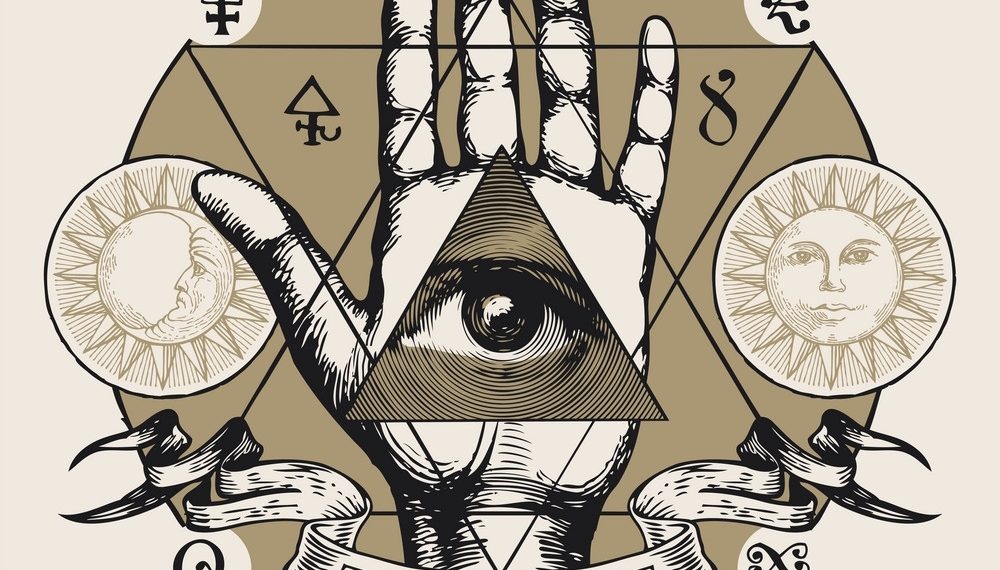In 1563, Johann Weyer authored De Praestigiis Daemonum et Incantationibus ac Venificiis (in English: On the Illusions of the Demons and on Spells and Poisons), a point-by-point rebuttal of the Malleus Maleficarum. It included an appendix called the Pseudomonarchia Daemonum (in English: The False Kingdom of the Demons) describing the hierarchy of demons in Hell.
The Lesser Key of Solomon, despite its mysterious accreditation, is generally understood to have used this text as a basis for its own list of demons.
The Pseudomonarchia Daemonum
The 69 Demon Lords
Weyer provided a list of 69 demonic lords, and included with each a brief description of their appearance, their rank, and their domains. They are, in order of rank*:
Kings: Bael, Purson, Byleth, Paimon, Belial, Sydonay, Balam, Vine, Zagam
Dukes: Agares, Gusoyn, Bathin, Eligor, Valefar, Zepar, Bune, Berith, Astaroth, Vepar, Procell, Focalor, Gomory, Amduscias, Haborym, Vapula, Flauros, Alocer, Wal (Vual), Barbatos, Murmur
Princes: Sitri, Orobas, Stolas, Gaap, Ipos
Marquises: Amon, Loray, Naberius, Forneus, Marchosias, Sabnac, Chax, Gamygyn, Orias, Andras, Androalphus, Cimeries, Phoenix, Ronove
Presidents: Marbas, Buer, Glasya Labolas, Foras, Malphas, Caim, Valac, Oze, Amy, Haagenti, Zagam, Gaap, Botis, Morax
Earls: Furfur, Raum, Halphas, Zaleos, Vine, Ronove, Ipos, Botis, Morax, Barbatos, Murmur
Knights: Furcas
Unclassified: Bifrons, Decarabia
*Some demons are listed twice, because they have two ranks.
For other Infernal Names, see:
Occult – The Satanic Bible, The Lesser Key of Solomon, Tentatio Diabolus, The Red Book of Appin
Christian – Paradise Lost, Inferno, References to Demons in the Apocryphal Texts, Biblical References to Satan


